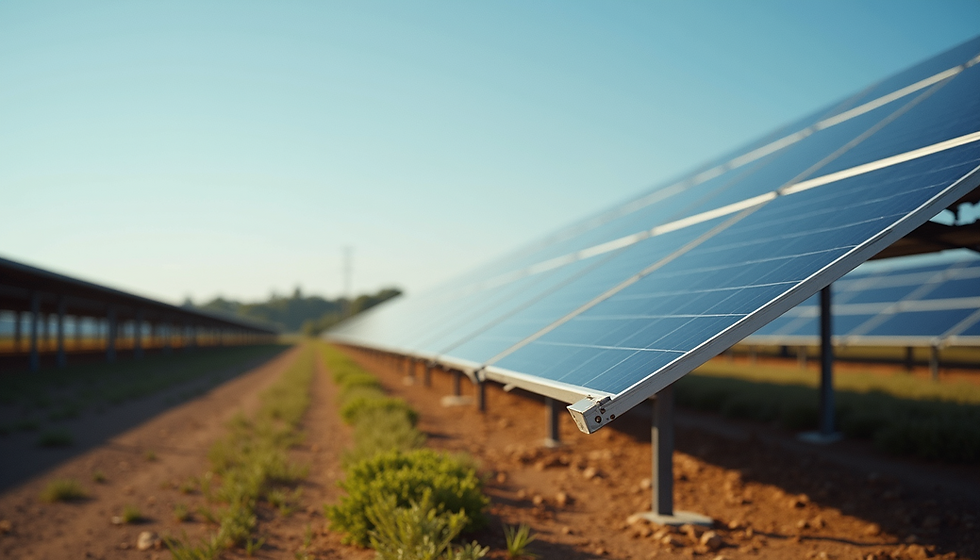KNGS’s Bio-CNG Production Process: From Cow Dung to Clean Fuel
- KNGS
- May 7
- 2 min read
Updated: Jun 26

Introduction
As India moves toward cleaner and greener fuel alternatives, KNGS Govardhan Urja is leading the charge with its innovative Bio-CNG production process. At the heart of this transformation lies a surprising but powerful raw material — cow dung. Through advanced technology and a deep commitment to sustainability, KNGS is turning organic waste into clean, renewable compressed natural gas (Bio-CNG).
What is Bio-CNG?
Bio-CNG (Compressed Bio-Gas) is a purified version of biogas, free of hydrogen sulfide, carbon dioxide, and moisture. It offers the same energy efficiency as traditional CNG but comes from renewable organic sources such as animal waste, agricultural residue, and food waste — making it both eco-friendly and economically viable.
Step-by-Step Process: From Cow Dung to Bio-CNG
1. Raw Material Collection
KNGS partners with dairy farms, Gaushalas, and rural households to collect cow dung and other organic waste. This decentralized collection system empowers local farmers and creates rural employment.
2. Pre-Treatment and Slurry Preparation
The collected dung is mixed with water to form a slurry. This slurry undergoes pre-treatment to remove non-biodegradable particles and ensure smooth digestion.
3. Anaerobic Digestion
The slurry is fed into anaerobic digesters — sealed tanks where bacteria break down organic material in the absence of oxygen. This process produces biogas consisting mainly of methane and carbon dioxide.
4. Gas Purification
The biogas is passed through purification units that remove carbon dioxide, hydrogen sulfide, and moisture, resulting in high-purity Bio-CNG (over 95% methane).
5. Compression and Bottling
Once purified, the Bio-CNG is compressed and stored in high-pressure cylinders for distribution to industries, transport vehicles, and even households as an alternative to LPG and diesel.
6. By-Product: Organic Fertilizer
The leftover slurry, known as digestate, is a rich organic manure that is returned to farmers — enhancing soil health and closing the sustainability loop.
Benefits of KNGS’s Bio-CNG Process
✅ Reduces greenhouse gas emissions
✅ Provides a renewable alternative to fossil fuels
✅ Creates a circular economy for waste
✅ Generates employment in rural areas
✅ Promotes sustainable agriculture with organic by-products
Final Thoughts
KNGS Govardhan Urja is not just a Bio-CNG producer; it’s a pioneer in India’s waste-to-energy revolution. By converting cow dung into clean fuel, KNGS is proving that sustainability and profitability can go hand in hand — benefiting farmers, the environment, and the nation’s energy future.




Comments